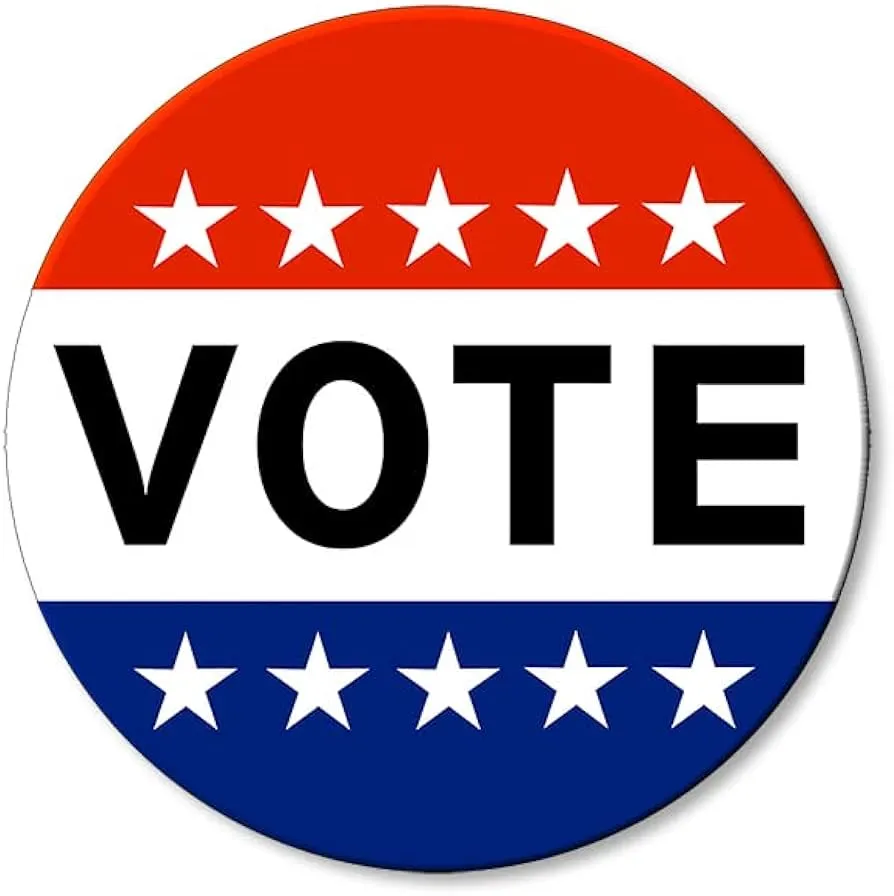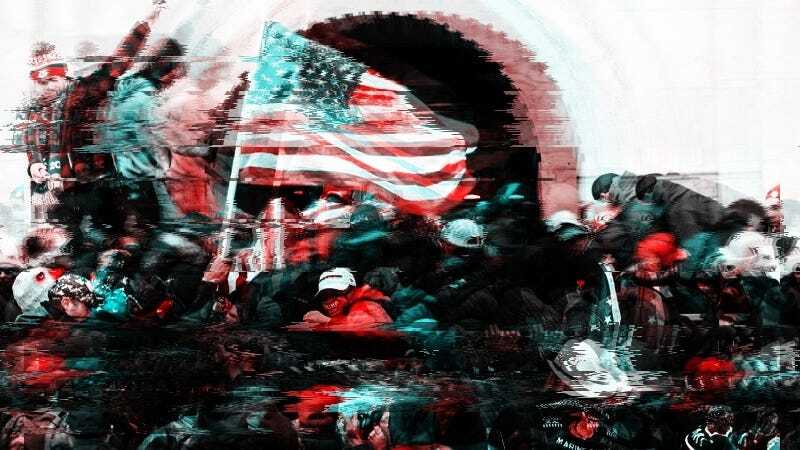Political violence is at historic levels in the US, and if recent events are any indication, things are about to take a turn for the worse just as we approach the 2024 presidential election campaign. This continues a trend that started in 2016, when politically-motivated violence spiked to levels not seen in decades, but what we’re seeing now seems to represent a shift in the trajectory of political violence — a shift towards more widespread, targeted, and high-impact violence. It’s the type of violence that accelerationist extremists have long espoused; the type that is meant to pave the way to another civil war.
In just the past few weeks, we’ve seen a rash of swatting incidents targeting political figures, along with bomb threats sent to government offices in at least 23 states, resulting in the evacuation of at least nine state capitals. Most recently, Donald Trump’s trial in New York — where he faces fraud charges — was briefly paused after the judge overseeing the trial received a bomb threat against his home in Long Island.
. . .
These incidents are in line with a longer-term trend of increasing levels of political violence that began in 2016 and likely still hasn’t reached its peak despite reaching levels not seen in half a century. From 2021 through 2023, Reuters identified 213 cases of political violence in the U.S., representing “the biggest and most sustained increase in political violence since the 1970s.” At least 39 people were killed in these incidents, nearly all of which were perpetrated by people with right-wing political leanings. Compared to the last major peak of political violence in the 1970s, the aims, tactics, and style associated with political violence today are notably different. In the 1970’s, political violence in the U.S. was often perpetrated by left-wing radicals and focused largely on destroying property like government buildings, whereas the recent wave of violence from right-wing extremists is much more focused on harming or killing people. This may be due in part to differences in the broader political climate: traditionally, political divisions have been driven mostly by policy differences between those on the left vs. right, but today’s divisiveness tends to be rooted in beliefs that members of the opposing political party are evil actors working to destroy America.



I don’t agree with your conclusion but I definitely think the country is just too damn big, and the government was designed for a population 1% the size.
Clearly it doesn’t work, as evidenced by gestures at everything but everyone still wants to use the system that got us here to get us out.
People should be more focused on their local and state governments, rather than thinking the federal goverment was designed to govern the whole population
I fully endorse this. National and global media have broken a government that was intended to be a lot more bottom up than it is currently. It would cost too much to cover every state election with this much detail, and ratings would be terrible, so they focus on the big national stuff to get the biggest audience.
Exactly. If the system is not working, then what the hell makes people think it will work to fix us?
It’s like trying to repair a jet airliner with blacksmith’s tools